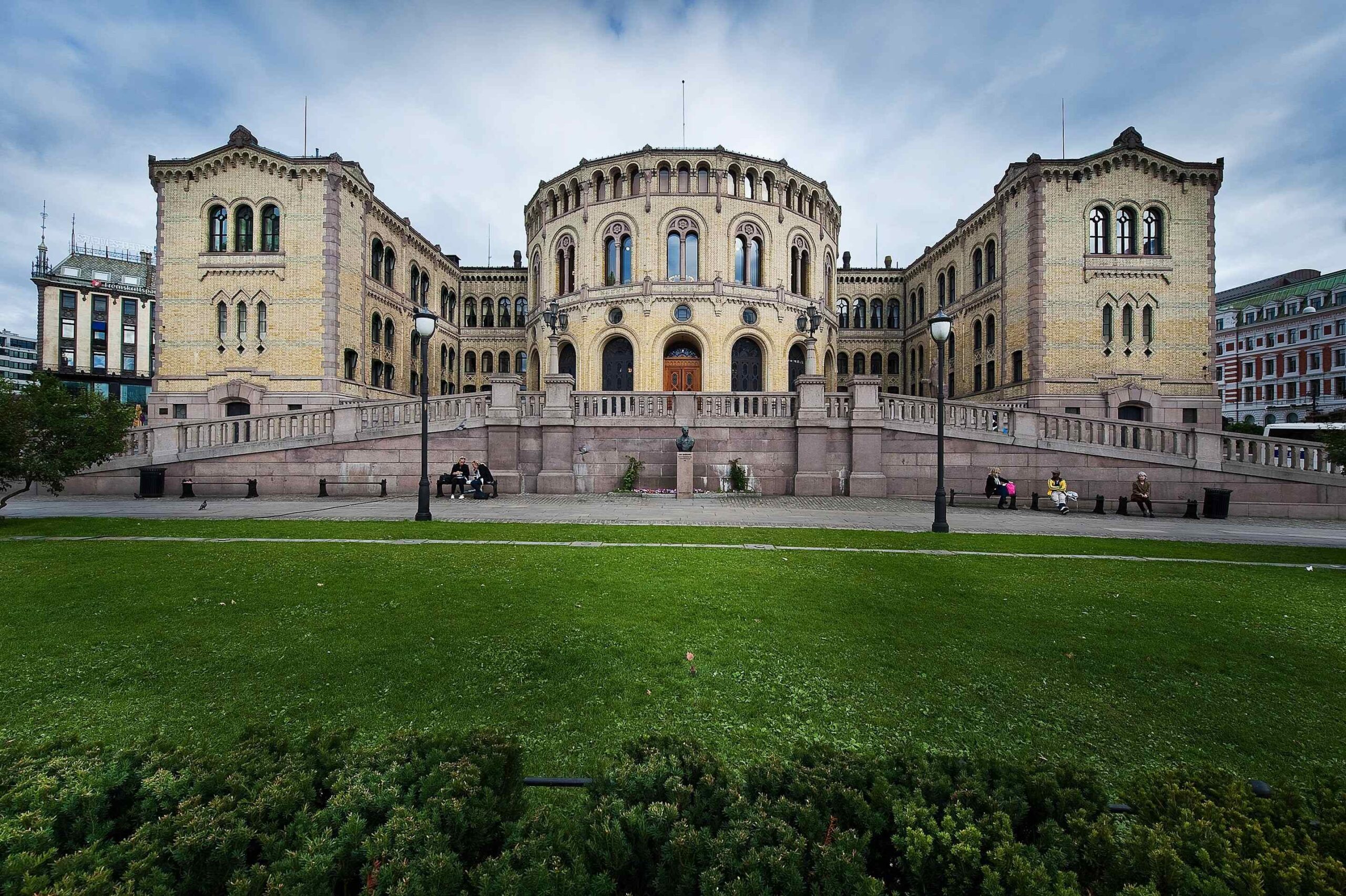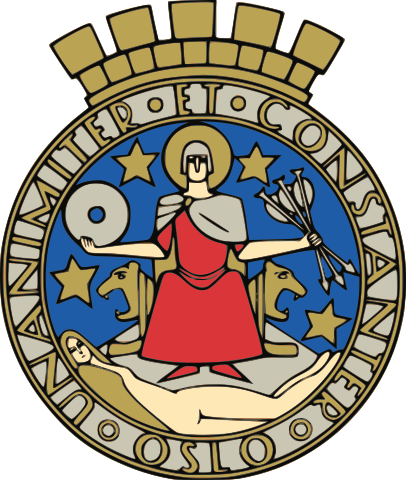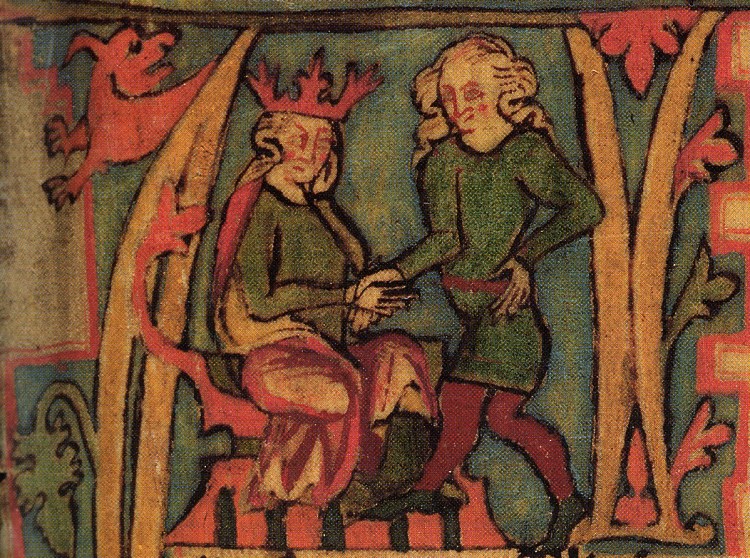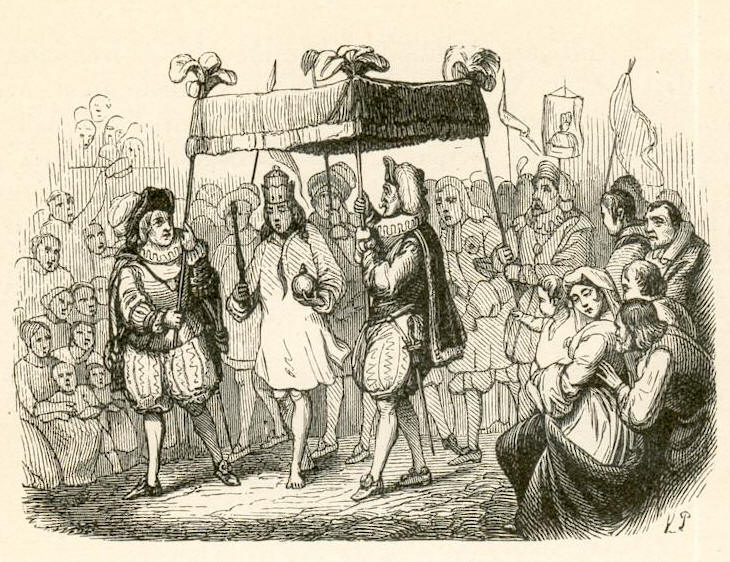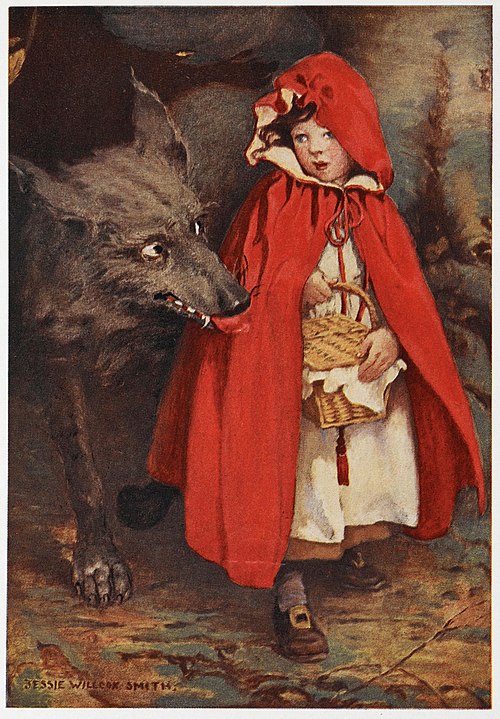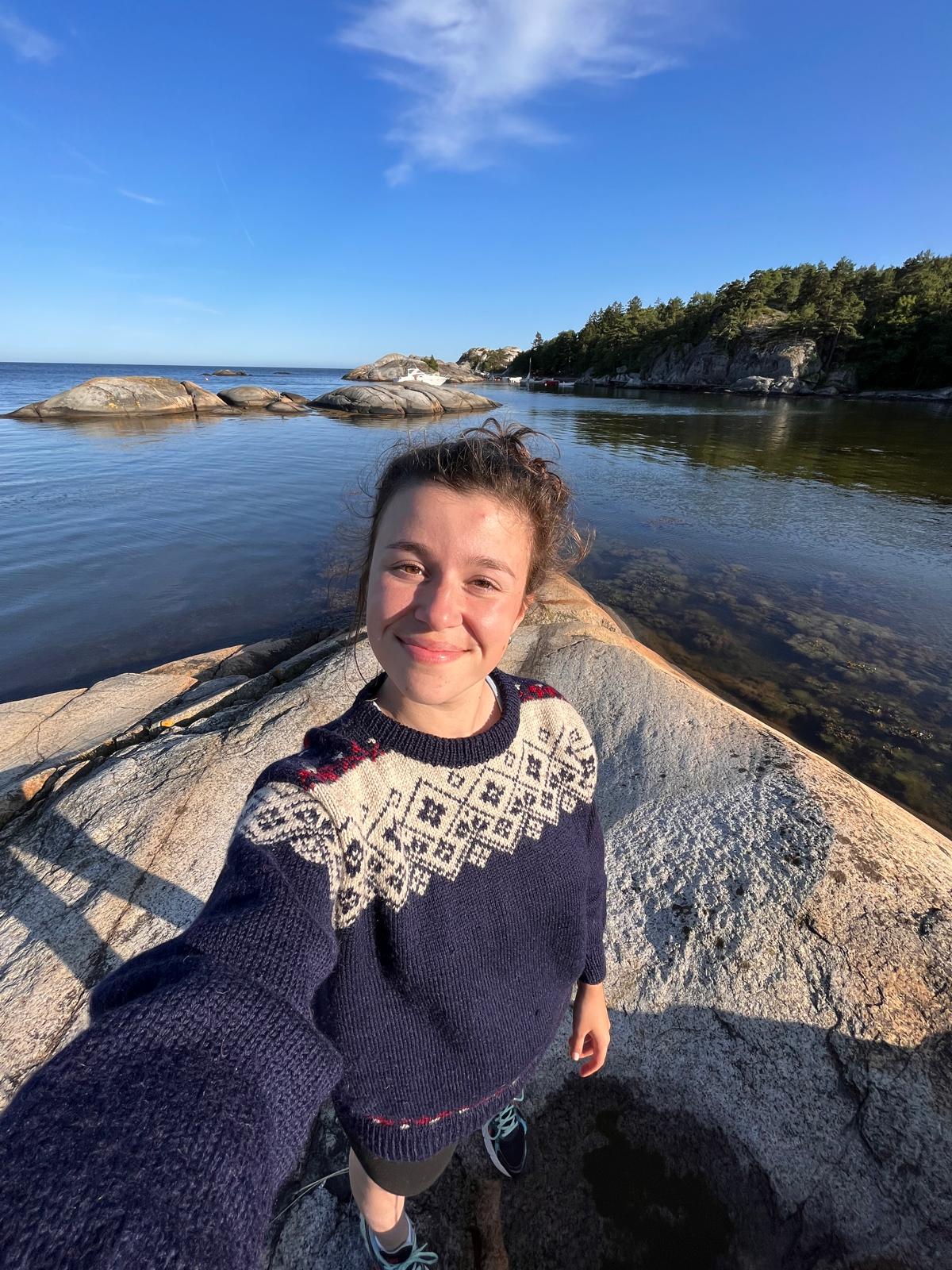Which languages do Norwegians learn?
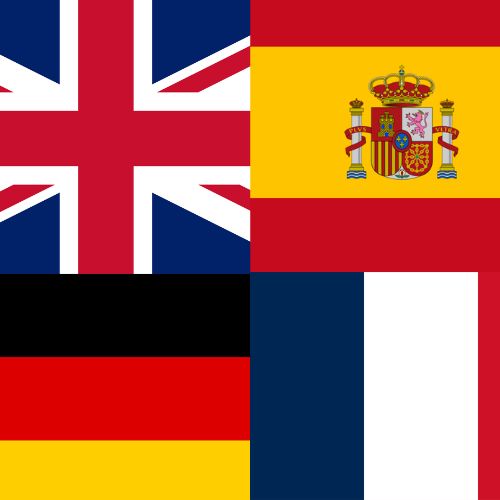
13 desember 2025 | 7 minutter Transcript Support the podcast on Patreon: Lær Norsk Nå! | creating Podcast | Patreon Hei alle sammen! Welcome to a new episode of the podcast. Hallo und herzlich willkommen zu einer neuen Folge des Podcasts. Salut et bienvenue dans un nouvel épisode du podcast. Hola y bienvenido a un …

